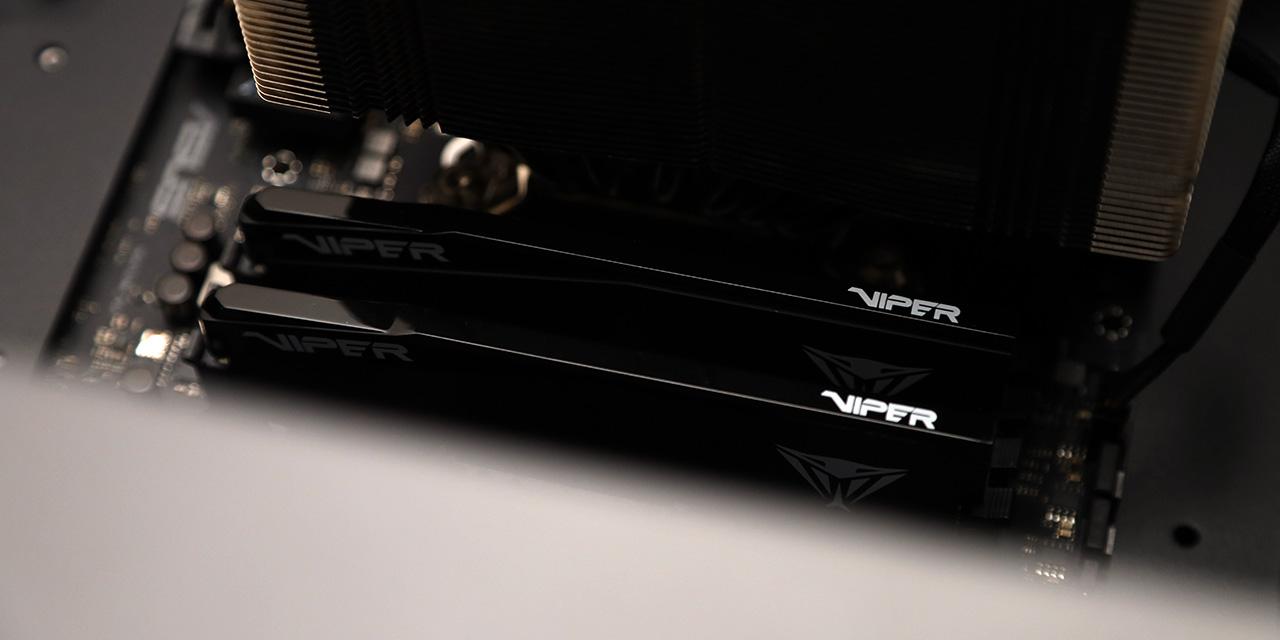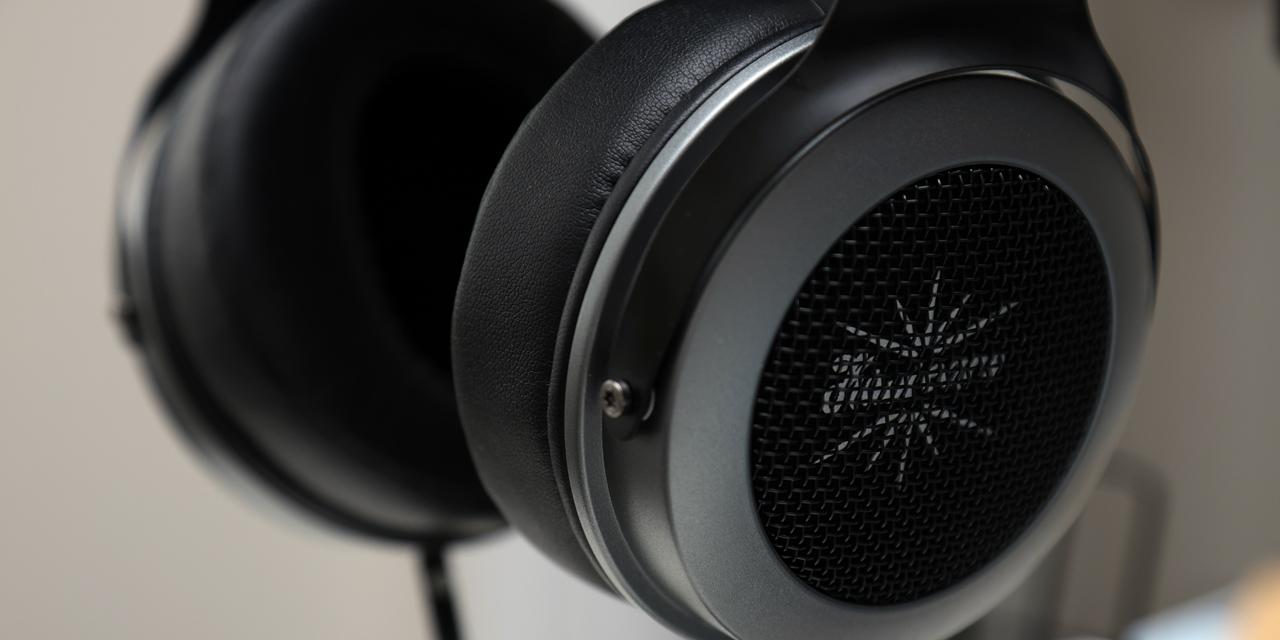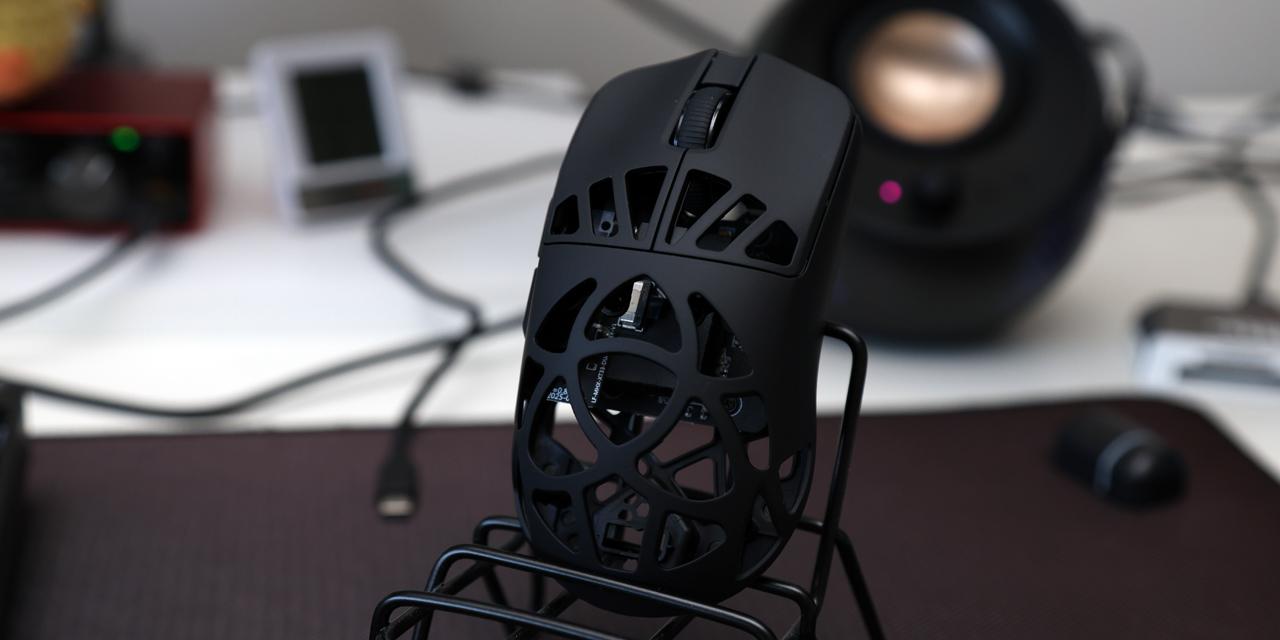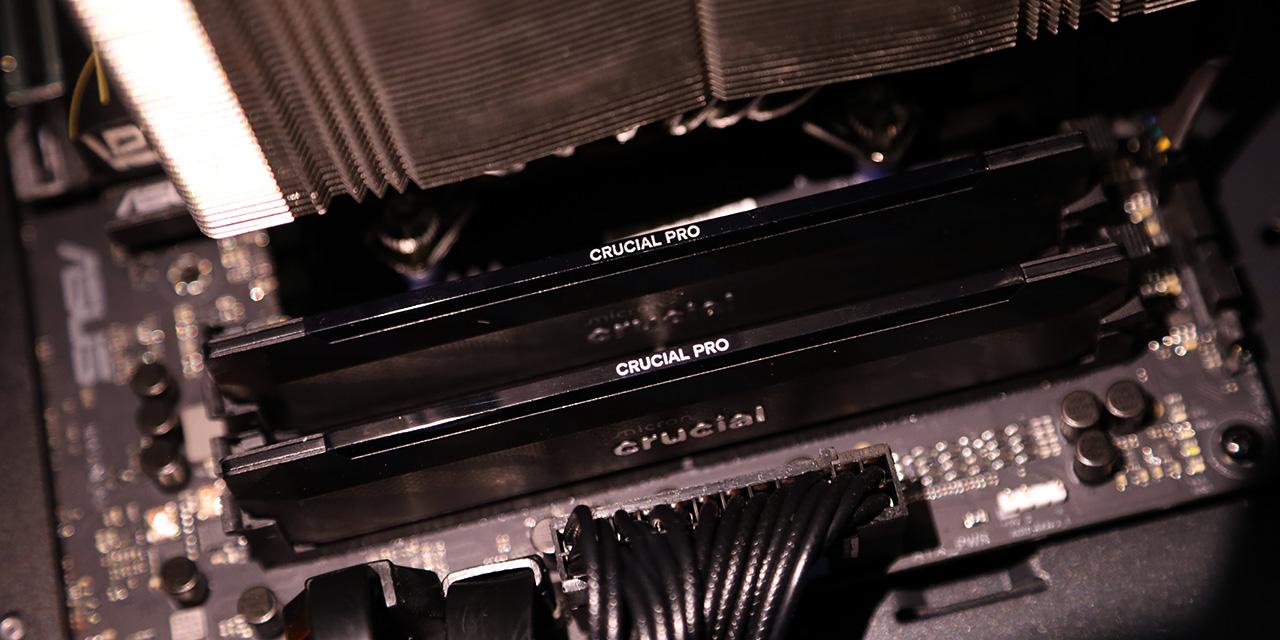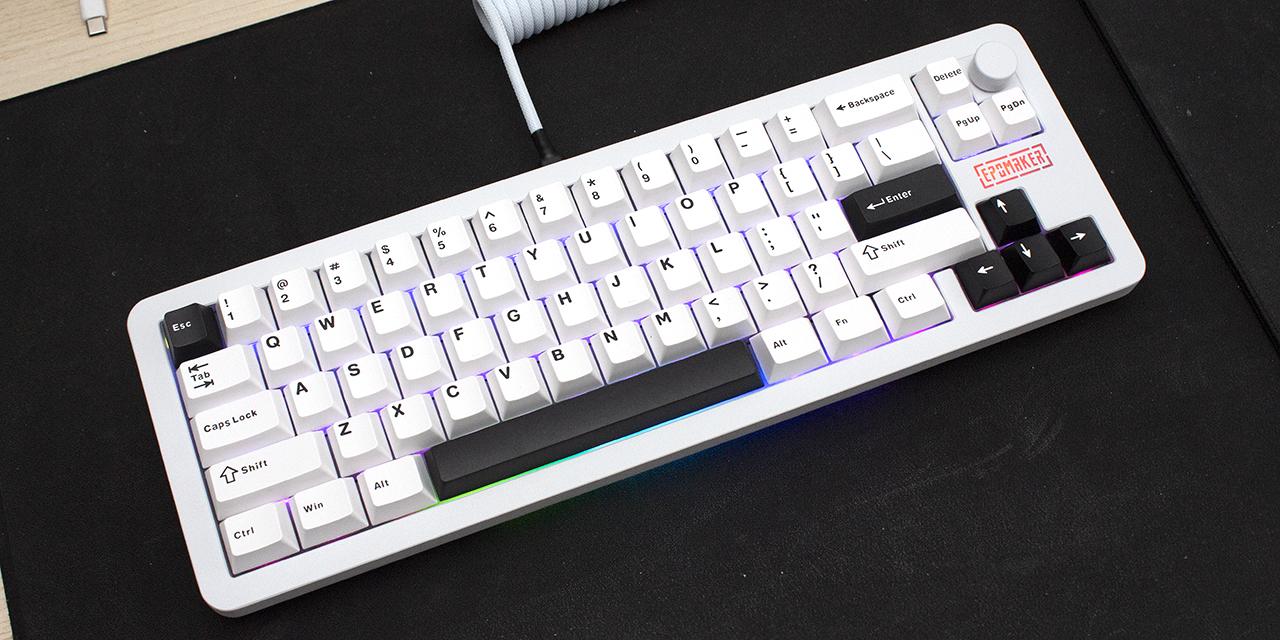Page 2 - A Closer Look, Test System
The XPG Mars 980 Blade 2TB is the middle capacity variant in the company's flagship PCIe 5.0-based NVMe SSD lineup. You can also get it in 1TB and 4TB capacities. The Mars 980 Blade series replaces the PCIe 4.0-based the Gammix S70 Blade series I reviewed back in 2021. The Mars 980 Blade we are reviewing today comes with a low profile heatsink for universal compatibility. The white XPG-branded aluminum heatsink can be placed on by yourself. It comes with double-sided tape from the factory. I think it is nice it is not attached by default, so you can choose whether to put it on or not. The XPG Mars 980 Blade 2TB is physically compatible with the PlayStation 5, since the total thickness is below 11.25mm.
The XPG Mars 980 Blade 2TB is an M.2 2280 format SSD. If you are not familiar with the M.2 physical standard, M.2 2280 means the size of the drive is 22mm by 80mm, hence its numerical designation. Its components are located on the black printed circuit board, which we will take a closer look at in just a moment. The Mars 980 Blade 2TB works on the NVMe 2.0 logical device interface, and plugs into compatible motherboards directly. Electrically, M.2 NVMe interfaces with PCIe 5.0. The Mars 980 Blade uses four lanes for up to 16,000MB/s bandwidth in each direction. The specified weight is a paltry 8g without the heatsink and 12g with the heatsink.
Flip the XPG Mars 980 Blade 2TB around, and you will find three components of interest behind the sticker. These components include a DRAM chip and two memory ICs, which you will also find on the other side, so we will look at them in detail in just a moment. I am surprised to see this double-sided design, since Crucial and Sandisk both managed to design drives with similar specifications with half the number of components for a single-sided design. The sticker carries miscellaneous information such as its model name, serial number, and regulatory certifications. Like many XPG products we have reviewed in the past, this SSD is made in Taiwan.
Before installing the heatsink and zoom in a bit, and you can see what the XPG Mars 980 Blade 2TB is made from. There are four key components that can be seen. At the heart of XPG's Mars 980 Blade 2TB is a Silicon Motion SM2508. This is the same controller found in the Crucial T710 2TB and Sandisk WD_BLACK SN8100 2TB. It is an NVMe solution on the M.2 socket to utilize the bandwidth afforded by the PCIe 5.0 standard. The SM2508 is built on TSMC's 6nm process, features a quad core ARM Cortex R8 CPU, eight NAND channels, and uses only 3.5W maximum in active mode. The controller also has native full drive encryption support. Two Samsung K4A8G165WC-BCTD DDR4-2666 1GB memory chips are present for a total of 2GB, with one on each side. It is used by the controller for system memory. SSD DRAM is used as a cache for writing data to the drive and storing a table that maps where each logical block address is physically located on the NAND flash memory. I am surprised to see DDR4 rather than LPDDR4 here, as the latter has better power efficiency.
The Mars 980 Blade's flash memory are ADATA-branded Micron 232-layer 3D triple-level cells in four chips, with two on each side. Its rated write endurance is an excellent 1200TBW, which equates to about 660GB per day for five years. On a per-gigabyte level, it is the same as the Crucial T710 2TB, Crucial P510 1TB, and Sandisk WD_BLACK SN8100 2TB at 600TBW/TB, but much lower than drives like the Kingston FURY Renegade 1TB at 1000TBW/TB and Lexar Professional NM800 PRO 2TB at 1000TBW/TB. Its rated power consumption is not published. 48GB out of the 2048GB total capacity -- just under 3% -- is provisioned for the drive controller for overhead, so the actual usable space is 2TB, as advertised. You will see 1.86TB in Windows.
Specified at 14,000MB/s read, 13,000MB/s write, up to 2,000,000 IOPS read and 1,650,000 write over NVMe 2.0 on PCIe 5.0 x4, these figures are impressive for a flagship M.2 2280 model. It is about twice as fast as previous generation PCIe 4.0-based drives. To see how all this hardware translates to numbers in our benchmarks, we will pit the Mars 980 Blade 2TB against other performance NVMe-based SSDs from manufacturers like Crucial and Sandisk to see how this flagship PCIe 5.0-based drive steps up current generation SSDs in the next seven pages or so. Please note the Crucial T710 2TB was retested due to configuration changes, so the results in this review are not comparable to the results in the T710 review.
Our test configuration is as follows:
CPU: Intel Core Ultra 7 265K
CPU Cooling: Noctua NH-D15 G2 HBC
RAM: Corsair Vengeance RGB DDR5-8400 2x24GB
Motherboard: ASUS ProArt Z890-Creator WiFi
Graphics: Integrated
Chassis: Fractal Design Epoch Black TG RGB Light Tint
Storage: Crucial T710 2TB, Crucial T500 2TB
Power: Seasonic PRIME TX-1300 ATX 3.0 1300W
Operating System: Microsoft Windows 11 Pro
Compared Hardware:
- XPG Mars 980 Blade 2TB
- Crucial T710 2TB
- Sandisk WD_BLACK SN8100 2TB
Page Index
1. Introduction, Packaging, Specifications
2. A Closer Look, Test System
3. Benchmark: AIDA64 Disk Benchmark
4. Benchmark: ATTO Disk Benchmark
5. Benchmark: Crystal Disk Mark 9.0
6. Benchmark: HD Tune Pro 5.70
7. Benchmark: PassMark PerformanceTest 11
8. Benchmark: PCMark 10
9. Benchmark: 3DMark
10. Conclusion
